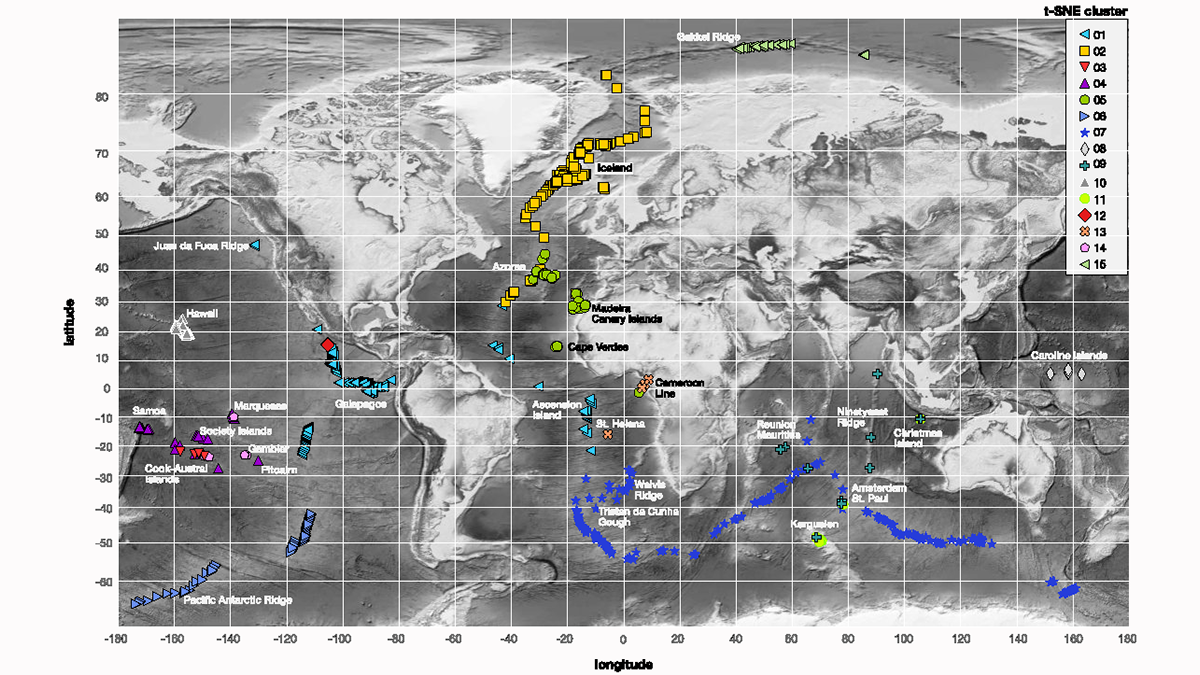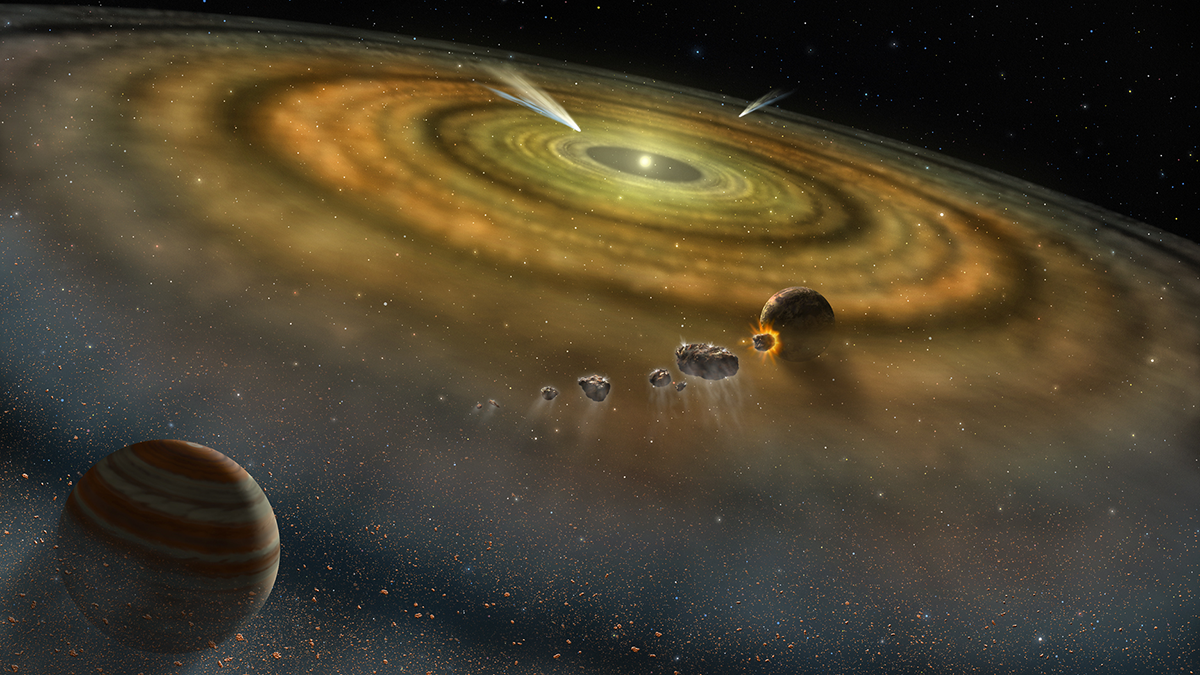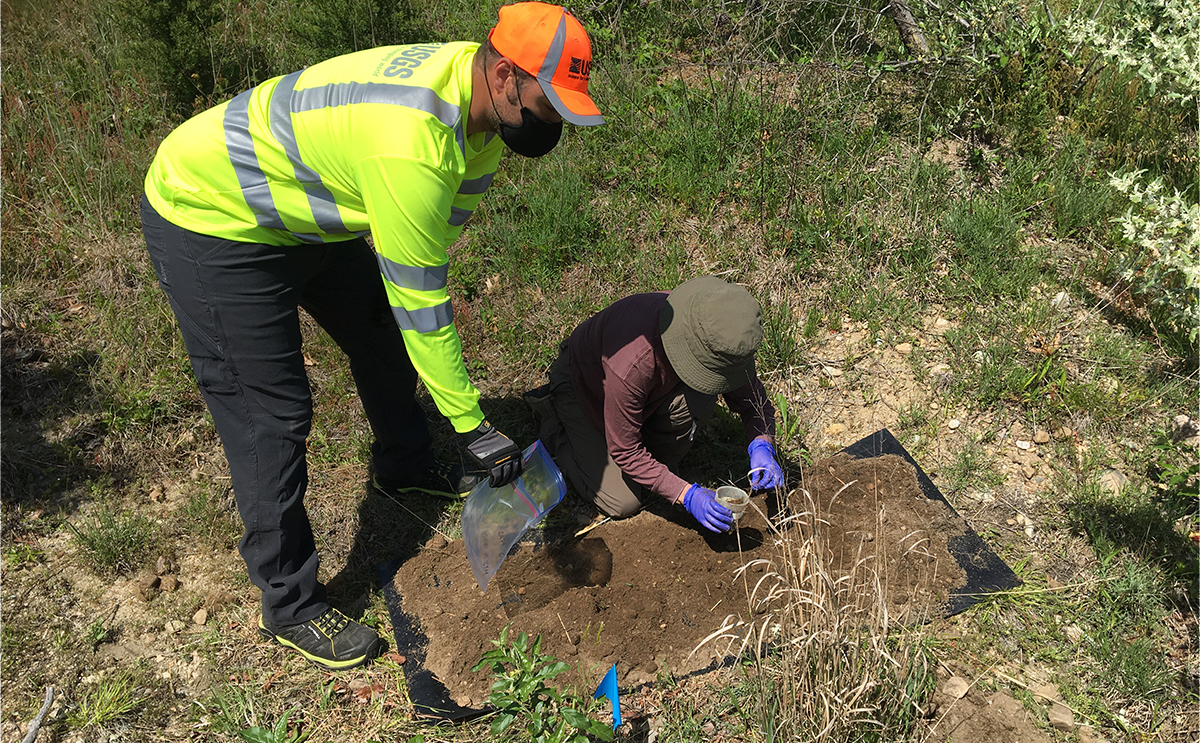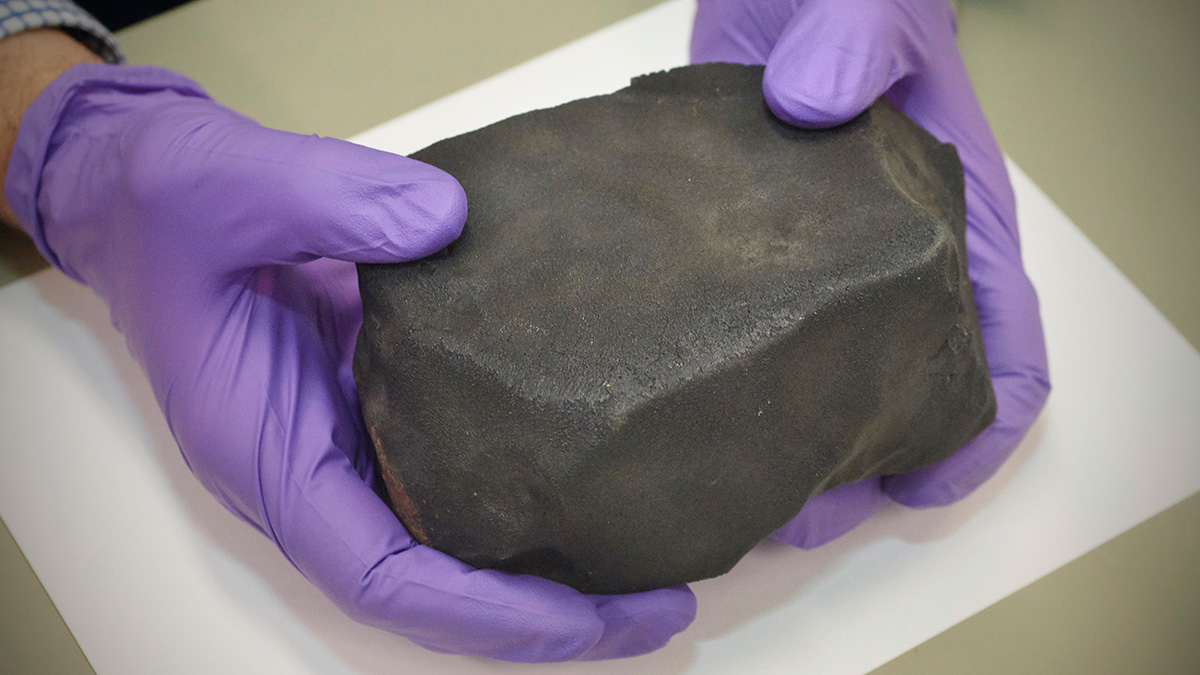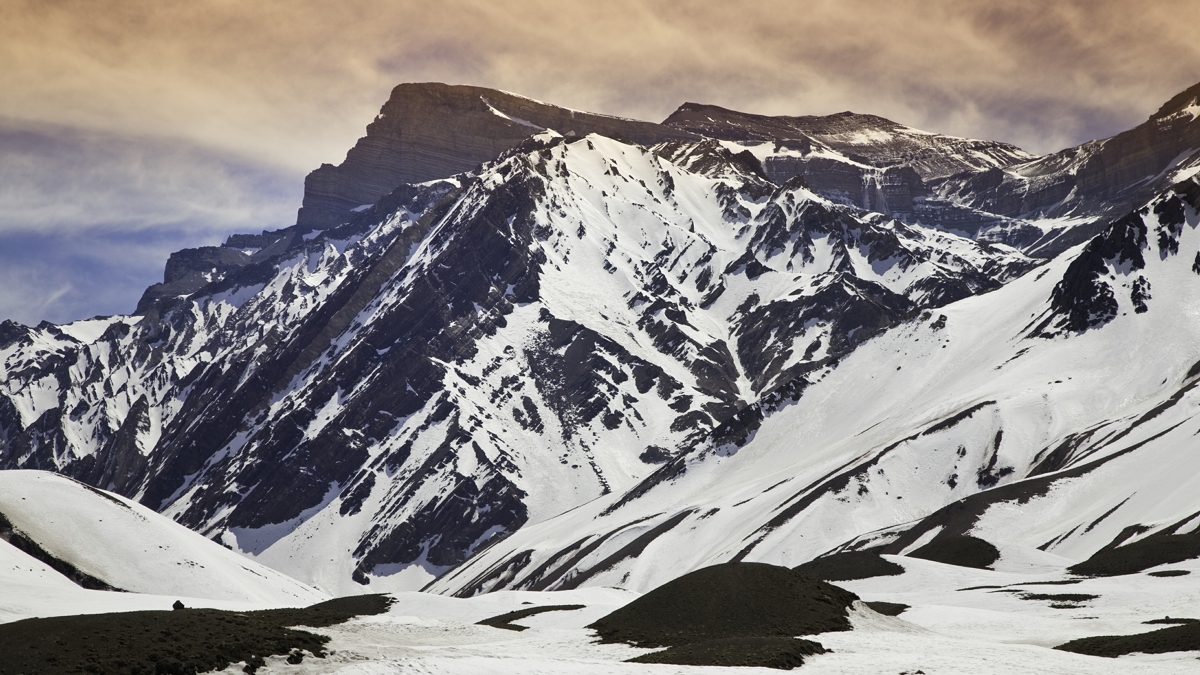It’s hard to predict with certainty how drugs break down once they enter waterways. In a new study, scientists devised a way to do just that.
geochemistry
Mission Could Lasso Amino Acids from the Icy Plumes of Enceladus
If geysers from Saturn’s moon Enceladus contain amino acids, new research shows that a spacecraft could collect them with signatures of possible life preserved.
Martian Meteorites Offer a Tantalizing Glimpse of the Red Planet
By studying these literal chunks of Mars, scientists are learning more about the Red Planet’s deep interior and impact history.
Machine Learning Looks Anew at Isotope Ratios in Oceanic Basalts
While past attempts to define isotopic endmembers and assign them a geodynamic significance ended in controversy, a machine-learning clustering algorithm offers a solution to this classical problem.
Isótopos de criptón proporcionan nuevos indicios sobre el pasado de los planetas
Para determinar cómo los elementos cruciales para el desarrollo de la vida llegaron a la Tierra, los científicos estudian los gases nobles. Actualmente, métodos mejorados traen consigo nuevos indicios a partir del criptón, el gas noble más enigmático.
Rare Meteorites Shed Light on Diamond Formation
By studying meteorites believed to be remnants of the catastrophic breakup of a dwarf planet, researchers are learning how lonsdaleite, a particularly hard type of diamond, forms in nature.
What Can Zircons Tell Us About the Evolution of Plants?
The versatile mineral could contain evidence of the evolution of land plants and their effect on the sedimentary system.
Widespread “Forever Chemicals” in Subsurface Environments
Massive use of materials containing per- and polyfluoroalkyl substances in commercial and industrial sectors has led to their widespread occurrence in subsurface environments.
Tiny “Pancakes” Suggest Some Asteroids May Stay Active
Analysis of a meteorite that fell in Costa Rica shows that its parent body may resemble the asteroid Bennu.
Old Igneous Rocks Hold the Key to Crustal Thickness Evolution
The chemical composition of orogenic igneous rocks and their zircons is sensitive to crustal thickness and can be used to quantify the evolution of Moho depths beneath continents back in time.




